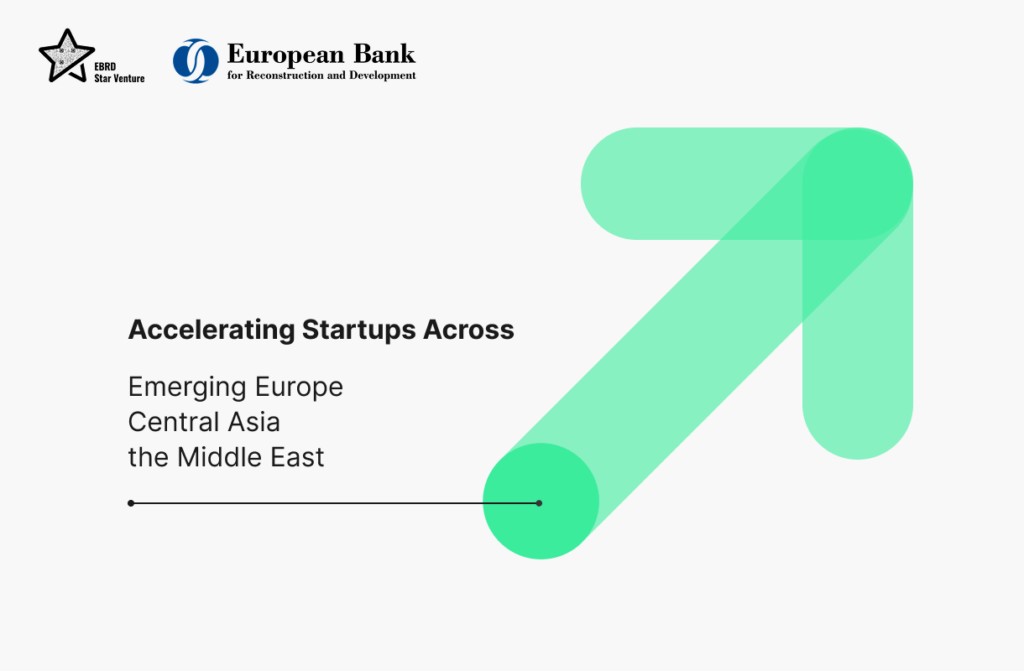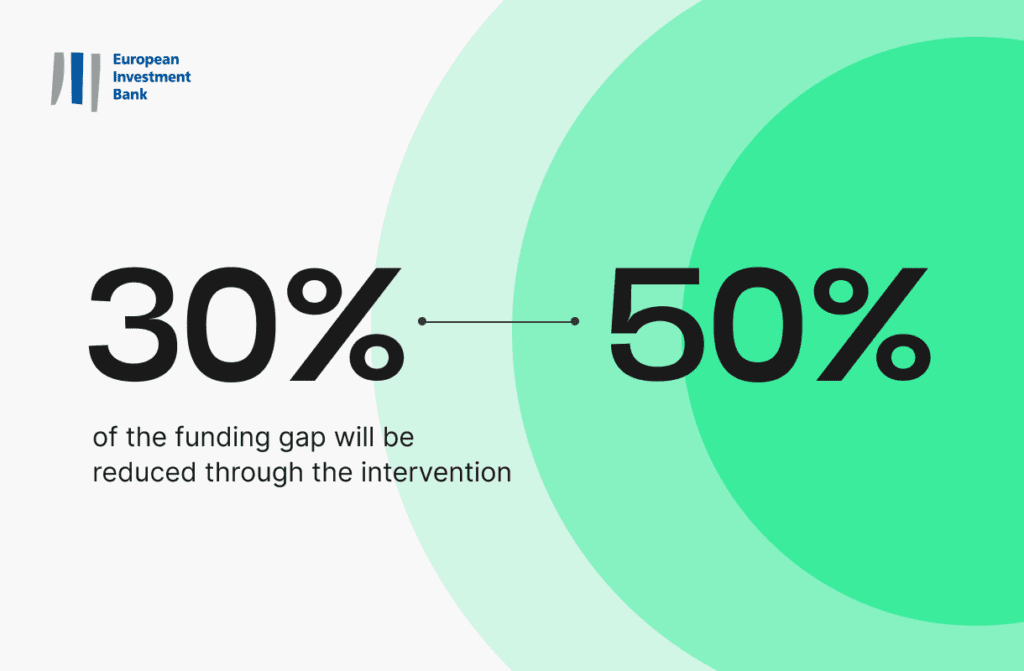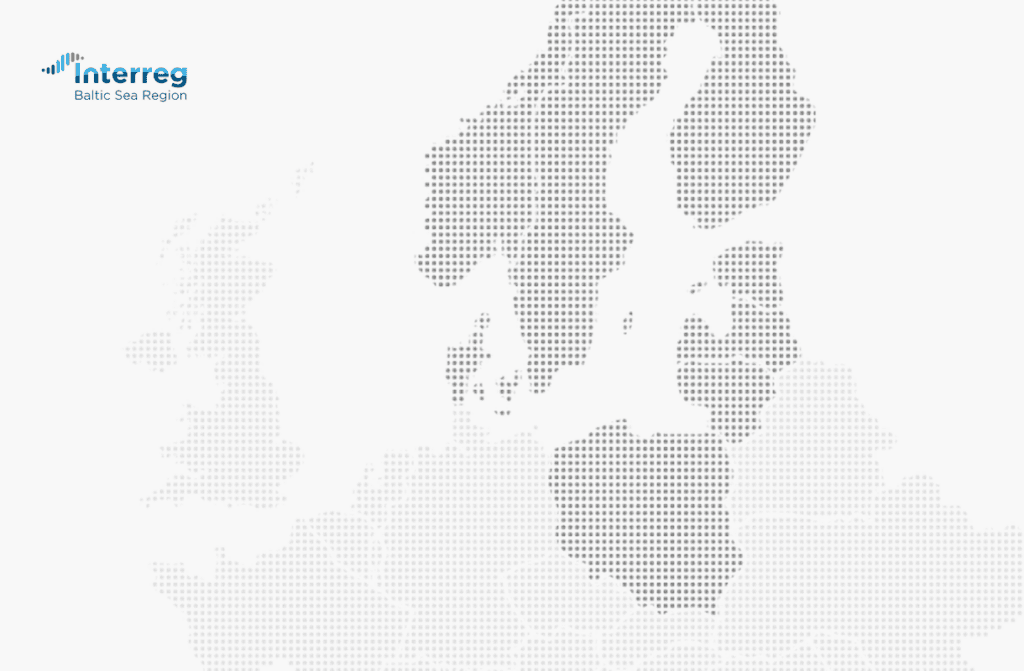Bridging the Digital Divide: How Wi-Fi Access Shapes Student Success in Kyiv
Client
Marketing companyClient Overview:
Our client, a marketing company, partnered with public education institutions in Kyiv to understand how Wi-Fi connectivity impacts student success. At the intersection of education and technology, the project explored a diverse range of urban schools, from those with cutting-edge digital access to those still struggling with limited connectivity.
Driven by a mission to turn reliable, evidence-based data into actionable policy recommendations, helping to bridge the digital divide and ensure equal learning opportunities for every student.
Challenge:
The primary challenge was to quantify the impact of Wi-Fi access on academic achievement, teacher satisfaction, and parental involvement. In the context of Kyiv’s post-crisis recovery, many urban schools faced uneven internet availability, which limited students’ ability to engage in digital learning.
Constraints included varied digital infrastructure across schools and the need to deliver timely, actionable insights to guide education policy decisions.
Our approach:
Our team led a large-scale research initiative involving over 5,000 respondents, – including students, parents, and academic staff – across a representative sample of Kyiv’s general secondary schools.
The methodology combined online surveys, in-depth stakeholder interviews, and comparative analysis of academic results in mathematics and Ukrainian language, aligned with international PISA standards for data credibility. Schools were classified according to the quality and speed of their internet connection, with particular attention given to those meeting or exceeding 100 Mbps.

Project result:
- Students in schools with reliable Wi-Fi access showed higher attendance rates and stronger motivation to learn.
- Notably, 23% cited the lack of internet as a key reason for disengagement.
- Teachers reported greater job satisfaction and better continuity in delivering digital lessons, while parental
- Involvement was significantly higher in well-connected schools.
- Academic performance peaked in institutions with internet speeds of 100 Mbps or more, reinforcing the direct link between robust digital infrastructure and stronger learning outcomes.
Key Takeaways:
High-quality internet access is not just a technical upgrade, it is a cornerstone of educational equity and long-term student success. In Kyiv, the findings of this study are already informing advocacy efforts to shape the city’s digital education strategy.
The project delivers a practical, scalable model for other urban education systems aiming to integrate digital tools into classrooms and improve learning outcomes.

The Impact of Wi-fi on Educational Process and Academic Performance in Ukrainian General Secondary Education Institutions
Explore the full study
Download



